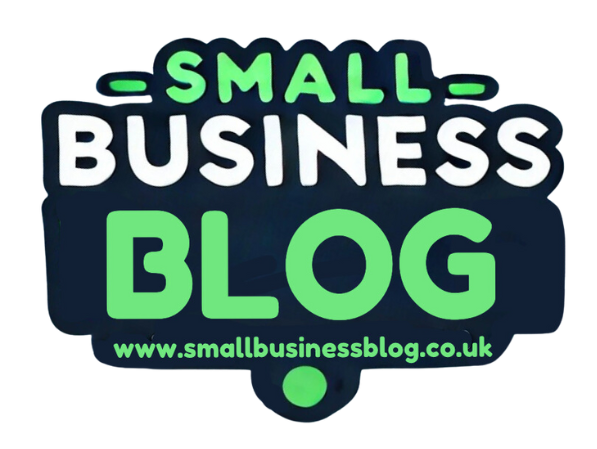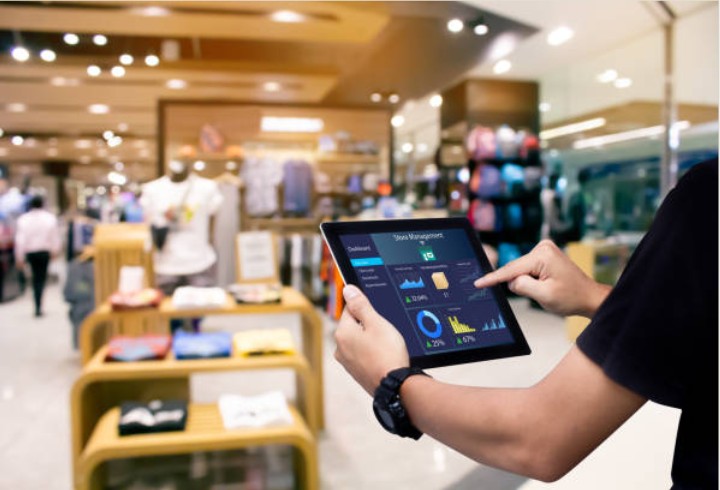Customizing Your Meeting Room Booking System: Branding and User Interface
Last Updated on
We’ve all used those generic internal tools—the ones that feel disconnected from everything else in the company. It’s jarring, isn’t it? You’re immersed in a carefully crafted brand experience across your website, emails, and even your office design, but then your team goes to book a meeting room and encounters a bland, cookie-cutter interface. It feels out of place.
Customizing your conference room booking made easy system isn’t just about aesthetics—it’s about reinforcing company culture and professionalism at every touchpoint. A branded booking system shows your team that details matter.
It builds consistency, boosts engagement, and subtly reminds employees they’re part of something cohesive and well-considered. When your internal tools reflect your identity, they become part of the brand story, not an afterthought. For leaders who care about culture, these touchpoints are a quiet but powerful opportunity to lead by design.
The Core of Customization
Many meeting room tools today come packed with customization features, but too often, businesses overlook their potential. Whether you’re a startup or scaling company, tapping into these options can make a significant difference in how your internal tools are perceived and used.
Start with the basics: logo placement, brand colors, and typography. A familiar color palette or your company’s logo at the top of the booking dashboard reinforces identity and makes the tool feel like a natural extension of your digital ecosystem.
Next, look at room naming conventions—instead of bland labels like “Meeting Room A,” rename them to reflect your culture or values (we once had rooms named after our favorite cities to create a sense of personality and fun). Language and tone customization—even tweaking button text or confirmation messages—can add a layer of friendliness and familiarity.
Customizing the user interface is more than decoration—it’s about creating seamless, branded interactions that build trust and signal professionalism. When your internal tools mirror your brand identity, employees engage more confidently and consistently. It tells your team, “We care about how things look and feel—because that’s part of who we are.”
Aligning UI with Brand Identity

Design in a meeting room booking system goes beyond just visual aesthetics; it plays a critical role in how the tool functions and how users interact with it. A well-designed, user-friendly interface not only reflects the brand but also supports the way teams work and communicate.
The impact of workplace UX on team efficiency is significant. A poorly designed interface can lead to frustration and low adoption rates. For instance, a generic booking platform with a confusing menu structure may cause users to struggle, resulting in errors like double bookings or difficulty finding available rooms. On the other hand, an intuitive, branded booking system that aligns with the company’s culture and workflows can drastically improve usability and increase team engagement.
Key design elements such as layout, language, and flow should be carefully considered to ensure they align with the way the team works. Simple, clear navigation, intuitive booking processes, and language that reflects the company’s tone all contribute to a smoother, more efficient experience. When the design supports both the brand identity and the operational needs of the team, it leads to better adoption and a more seamless experience for everyone involved.
Matching Brand Voice in Messaging
In addition to visual design, the language used in a meeting room booking system plays a crucial role in maintaining brand consistency. Many systems allow you to go beyond just customizing the interface; they also let you modify the booking system messages, from labels and notifications to error messages and confirmation emails. This is a valuable opportunity to ensure that every touchpoint reinforces your brand voice and internal communication style.
For example, when onboarding new users or sending reminders, tailoring the language to reflect the company’s tone can make a big difference. A simple “Booking Successful!” message could be adjusted to something more aligned with the company’s personality, like “You’re all set! Enjoy your meeting.”
Similarly, error messages don’t have to feel like a dead end. Instead of a blunt “Error,” a more engaging message like “Oops, something went wrong! Let’s try that again” can soften the experience and make it feel more connected to the team’s culture. These small tweaks help employees feel more engaged and connected to the company’s identity, making them feel like the system was designed with their experience in mind.
Tools That Make Branding Easy

When selecting a meeting room booking system, it’s important to choose a platform that offers the level of customization necessary to align with your company’s branding needs. Not all systems offer the same flexibility, so it’s crucial to look for features that make it easy to match your internal tools to your brand’s identity. Look for customizable booking systems that allow for white labeling, so the platform can carry your brand’s logo, colors, and even domain name, ensuring a seamless experience for employees.
Platforms like Skedda and Robin are popular for their flexibility in design and functionality. They allow for easy integration of your company’s branding, including options for CSS customization to fine-tune the look and feel of the system. Additionally, choosing systems that support branded domains or custom URLs can help create a professional, unified experience for your team. During the process of evaluating and switching booking systems, it’s always valuable to test out these features to see how well they integrate with your existing tools, ensuring a smooth transition and long-term scalability for your organization.
Final Tips for Custom Branding Success
When customizing your booking system, it’s essential to maintain brand consistency without going overboard. The goal is to create a seamless, intuitive experience that aligns with your company’s values and culture. Here are a few UI best practices to keep in mind:
- Use official brand colors: Ensure that the booking system reflects your company’s visual identity through consistent use of your primary brand colors.
- Avoid clutter: A clean, minimalist design helps maintain focus on the functionality of the system. Too many elements can overwhelm users and reduce usability.
- Test with users: Make sure to gather feedback from employees to ensure the system is easy to navigate and doesn’t disrupt their workflow.
Even small adjustments, such as changing the interface’s color palette or aligning the language with your tone, can make a big difference in user adoption and overall satisfaction. Thoughtful customization enhances both user experience and brand alignment, reinforcing your company’s professional identity in every interaction.
Conclusion
Your booking tool is not just a utility; it’s an integral part of the employee experience. Thoughtful customization of internal tools strengthens internal branding, enhances workplace efficiency, and reinforces company culture.
By ensuring that every touchpoint—whether visible or hidden—aligns with your brand identity, you create a seamless, engaging environment for your team. If your current booking system doesn’t reflect your company’s ethos, it may be time to assess how customization can make a positive impact. Take a moment to explore your options and elevate your workplace experience.







